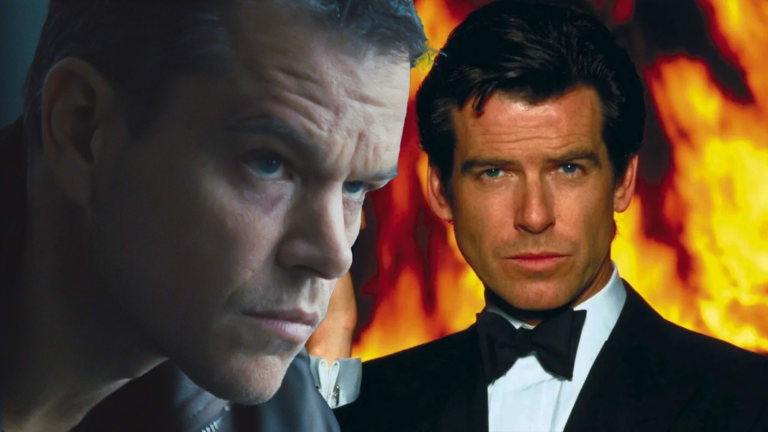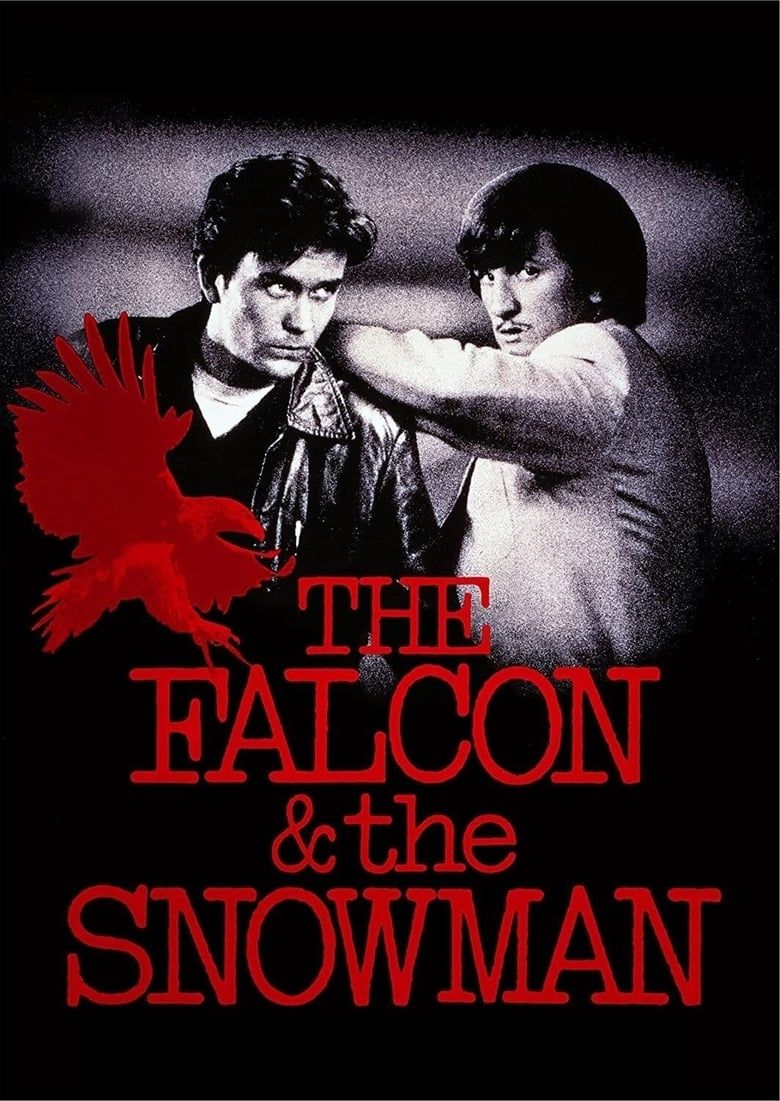The spy genre came alive in the Silent Era, thanks to the paranoia triggered by invasion literature (fictional books that imagined attacks by foreign powers) and the onset of the Great War. Such fears led to the birth of early spy movies like The German Spy Peril, revolving around a conspiracy to blow up the Houses of Parliament, and O.H.M.S (standing for both “Our Helpless Millions Saved” and “On His Majesty’s Service”), which had the early prototype for what would later become the “Bond Girl.”
In the 2020s, spy movies continue to be wildly popular, and so far, we already have a few contenders for what would be considered the best of the decade. No Time to Die is up there and so is Mission Impossible: Dead Reckoning – Part I, and Munich – The Edge of War. But which is the best spy movie of each decade for the past 100 years? The competition was stiff, especially from the 1960s going forward, but the following films gave us everything that a good entry in the genre should.
10
‘Mission Impossible: Fallout’ (2018)
2010s
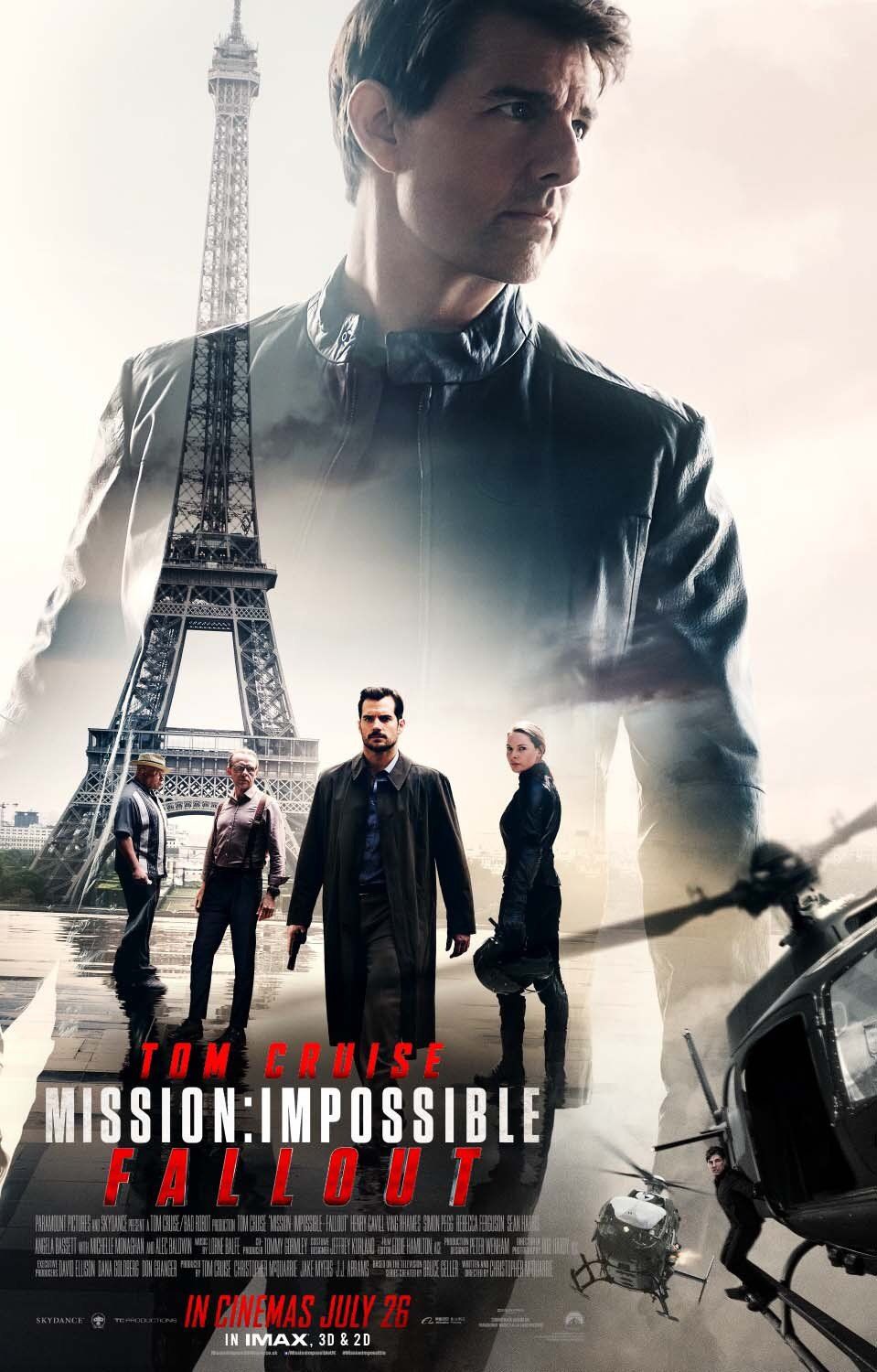
- Release Date
-
July 27, 2018
- Runtime
-
2hr 27min
Mission Impossible: Fallout finds Ethan Hunt (Tom Cruise) running even faster than he did in the early movies. After all, he and his IMF colleagues are in a race against time to prevent The Apostles from using three plutonium cores to conduct nuclear attacks on Jerusalem, Mecca, and the Vatican. Aiding them is the CIA assassin August Walker (Henry Cavill), but there is more to the man than it initially seems.
The Best Entry from a Franchise That Never Fails
A case could be made for Skyfall, Argo, or Salt, but Fallout beats those films by having a broader storyline, more than one capable villain, and better action sequences, notably the motorcycle chase through Paris.
Even though it is full of blockbuster excesses, the film is faithful to the basics of the genre, showing how little actions have wider global implications and how bureaucracy often gets in the way. Ving Rhames, Simon Pegg, and Sean Harris are superb in their respective roles, while Cruise musters up a memorably charming blend of eccentricity and enthusiasm as Hunt, a role he seemed born to play.
Stream it on Paramount+
9
‘The Bourne Identity’ (2002)
2000s

- Release Date
-
June 14, 2002
- Runtime
-
111
A Jason Bourne movie could have happened as early as 1981, but the ghost of development hell made that impossible. It’s, perhaps, a good thing that the film eventually came in the 2000s as the new century offered a different kind of gritty atmosphere. In The Bourne Identity, a man with psychogenic amnesia is rescued by fishermen from the Mediterranean Sea. He then goes on a mission to find out who he is and while at it, he uncovers a major CIA conspiracy.
A New Kind of Spy Blockbuster
If The Bourne Identity had never been made, the best spy movie of the 2000s would be Casino Royale. But the Bond film would never have tasted as good as it did if the Robert Ludlum character hadn’t hit the screen earlier. The rebooted Bond was inspired by Bourne, with Doug Liman even admitting the imitation slightly pissed him off.
The first Bourne film triumphs on all levels: the contained performances of Matt Damon and Brian Cox, the gorgeous greyish-bluish cinematography, and not least of all, the cat and mouse games.
Stream it on Peacock
8
‘GoldenEye’ (1994)
1990s
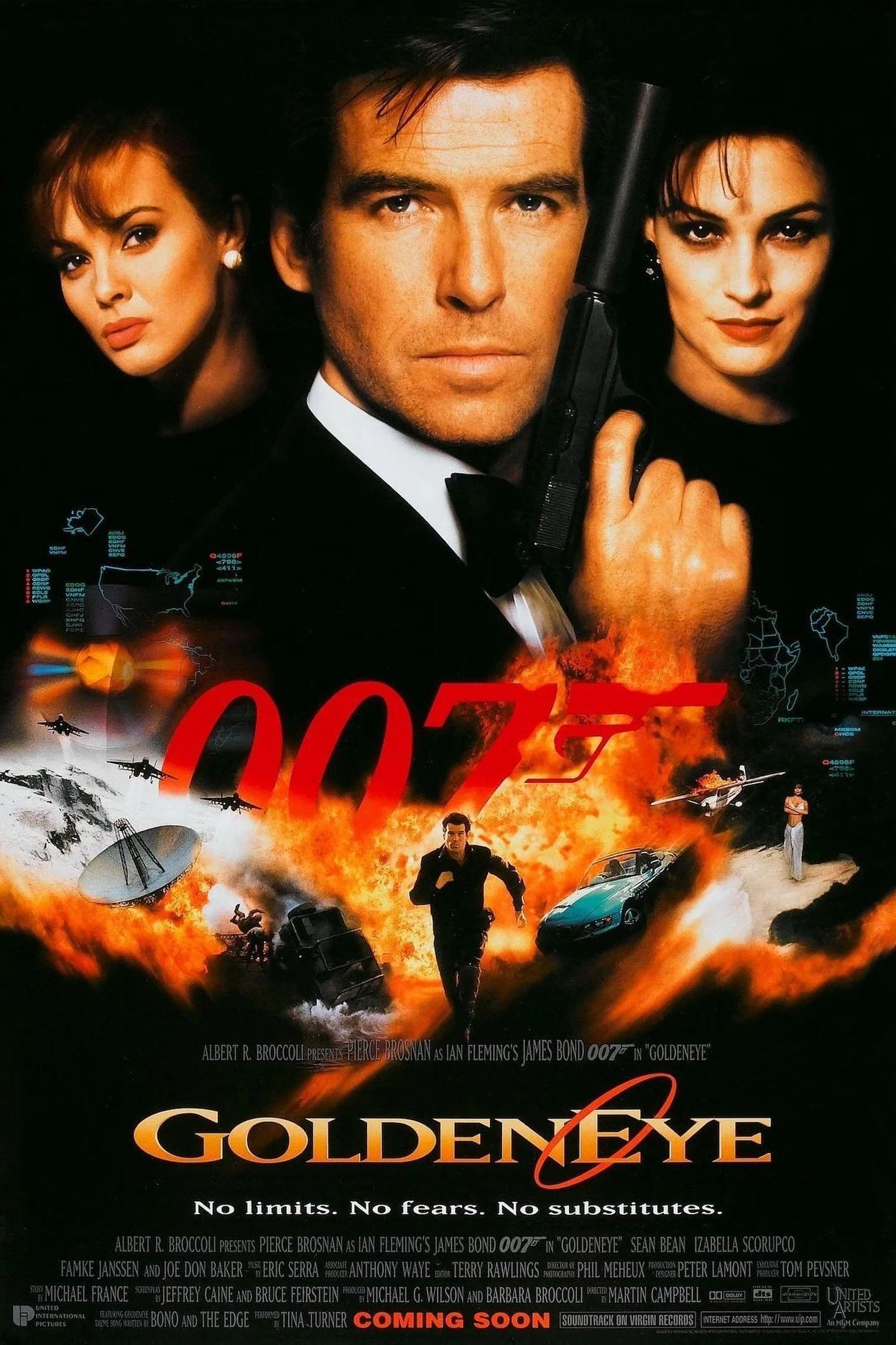
- Release Date
-
November 16, 1995
- Runtime
-
130 minutes
The Bond franchise has plenty of disgruntled ex-agents, and in GoldenEye, we are introduced to another one. Alec Trevelyan (Sean Bean) wants revenge against his former employer, MI6. What’s his problem? Salary delays? Lack of promotion? No. He believes the organization harmed his parents, so he intends to use the GoldenEye safelight to cripple England’s economy. Enter James Bond.
How to Make a Bond Reboot
True Lies is the only other ‘90s spy movie that comes to GoldenEye in quality, but it fails by focusing more on action than espionage (the Bond franchise could never pull off that Jamie Lee Curtis dance though).
Master of Reboots, Martin Campbell, presents something special. We even get a henchwoman who strangles people to death with her thighs. Classic Bond stuff. And in a film that focuses more on quality storytelling than humor, one moment bursts out with gleeful surprise, as the normally reserved M cuts loose with a rant attacking Bond and referring to him as a relic of the Cold War.
Stream it on Prime Video
7
‘The Falcon and the Snowman’ (1985)
1980s
In The Falcon and the Snowman, Christopher Boyce (Timothy Hutton) lands a job at a CIA communications facility because his father (an FBI agent) knows someone who knows someone. Since this isn’t a job Christopher has dreamt of since childhood (he is good at falconry), he quickly becomes disillusioned with the way the agency conducts its business. Consequently, he opts to sell information to the Soviets.
How a Single Person Can Mess Up the Entire Spy Ecosystem
This essential Cold War flick didn’t make as many bucks as License to Kill or Octopussy, but it beats those films in multiple areas, primarily in dialogue and plotting. This isn’t an action thriller. It’s merely a film about treason, naivete, and misplaced idealism. You’ll find yourself shouting “Don’t do it” at Christopher, but this is the kind of man who was born to make poor choices. Within no time, the consequences come in heavy and first.
Stream it on MGM+ or Apple TV+

Related
10 Spy TV Shows Based on True Stories
Spy shows like The Looming Tower and Our Boys tell the stories of real world spies, and there are a few more like them.
6
‘Three Days of the Condor’ (1975)
1970s
Three Days of the Condor is the story of Joe Turner (Robert Redford), a bookish CIA analyst, codenamed “Condor” who works at the American Literary Historical Society in New York City. His workplace is actually a clandestine CIA office, and one day after returning to the office from lunch, Joe finds everyone dead. Who did it?
A Reminder of How Dangerous the Profession Is
Sydney Pollack was always a master of melancholic style and labyrinthine plotting, and in this dark, elegant picture, he creates an atmosphere of terror and uncertainty. Joe unsuccessfully searches for answers and his misery merry-go-round might sound hopeless, but Pollack infuses numerous close-calls and quotes.
“You think not getting caught in a lie is the same thing as telling the truth?”
Unlike ‘70s spy movies like The Man from Acapulco and The Man with the Golden Gun, Three Days of the Condor also had an impact on real-world espionage. The book, The Comrade J: The Untold Secrets of Russia’s Master Spy in America After the End of the Cold War, reveals that the KGB set up a similar office in Moscow after watching the movie.
Stream it on Paramount+
5
‘Goldfinger’ (1964)
1960s

- Release Date
-
September 20, 1964
- Runtime
-
112
The Bond franchise is also full of monopoly-obsessed villains and the annoying mannerism can be traced back to the bullion dealer Auric Goldfinger (Gert Fröbe) from Goldfinger. In the movie, the gold magnate plans to contaminate the United States Bullion Depository at Fort Knox to increase the value of his own reserves. But someone always ruins the party, and his name is Bond… James Bond.
A Trend-Setting Spy Flick
Great scenes make great films, and Goldfinger has plenty of those, including one where Auric tries to slice Bond’s body in half using a laser. The film is also heralded for creating a proper template for the franchise. Many elements introduced here have appeared in almost every other Bond movie. Examples are the use of gadgets, an extensive pre-credits sequence, globetrotting, and tongue-in-cheek humor. Could ‘60s spy movies like Charade and Spymaster Returns even compare? Never!
Stream it on Prime Video
4
‘North by Northwest’ (1959)
1950s
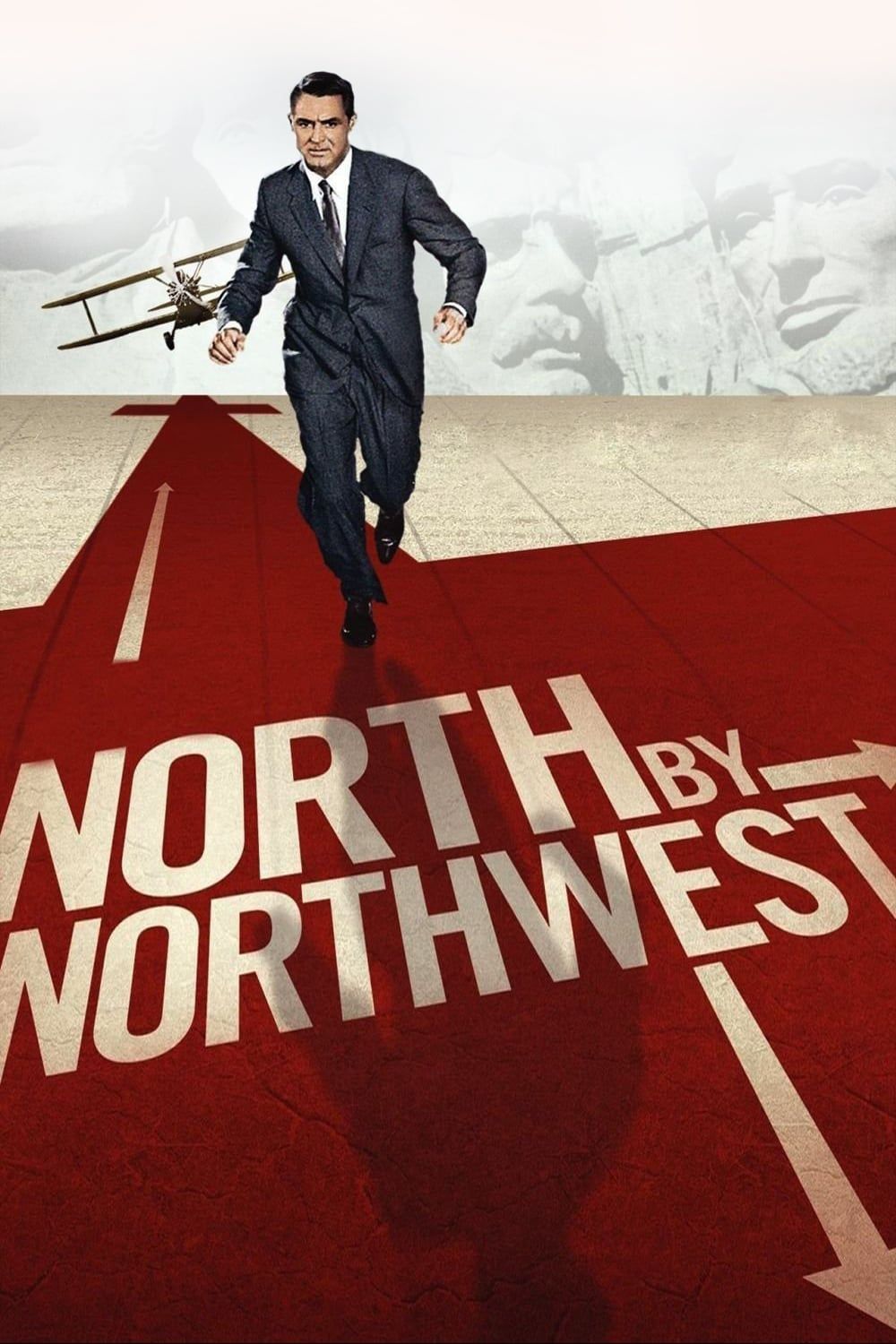
- Release Date
-
July 8, 1959
- Cast
-
Cary Grant
, Eva Marie Saint
, James Mason
, Jessie Royce Landis
, Leo G. Carroll
, Josephine Hutchinson - Runtime
-
131
Alfred Hitchcock’s North by Northwest sees New York City ad executive Roger Thornhill (Cary Grant) being pursued by sinister figures after he is mistaken for a mysterious government spy. Things become even more complicated when he meets Eve Kendall (Eva Marie Saint), a siren who might or might not be working with the enemy.
The “First James Bond Movie”?
North by Northwest is often referred to as “the first James Bond movie” because it came first, yet it has everything the franchise has. From a resourceful and hedonistic protagonist to a villain who happens to be chasing a MacGuffin, the similarities are endless. Not to forget the sly female character who is manipulative yet likable. But the film isn’t just about Bond comparisons. Real spies have opened up about liking it, and the production values, in general, stand out.
This was the first picture to feature extended use of kinetic typography in the opening credits. For these reasons, it tops other great ‘50s spy movies like Our Man in Havana and The Man Who Knew Too Much.
Stream it on Tubi
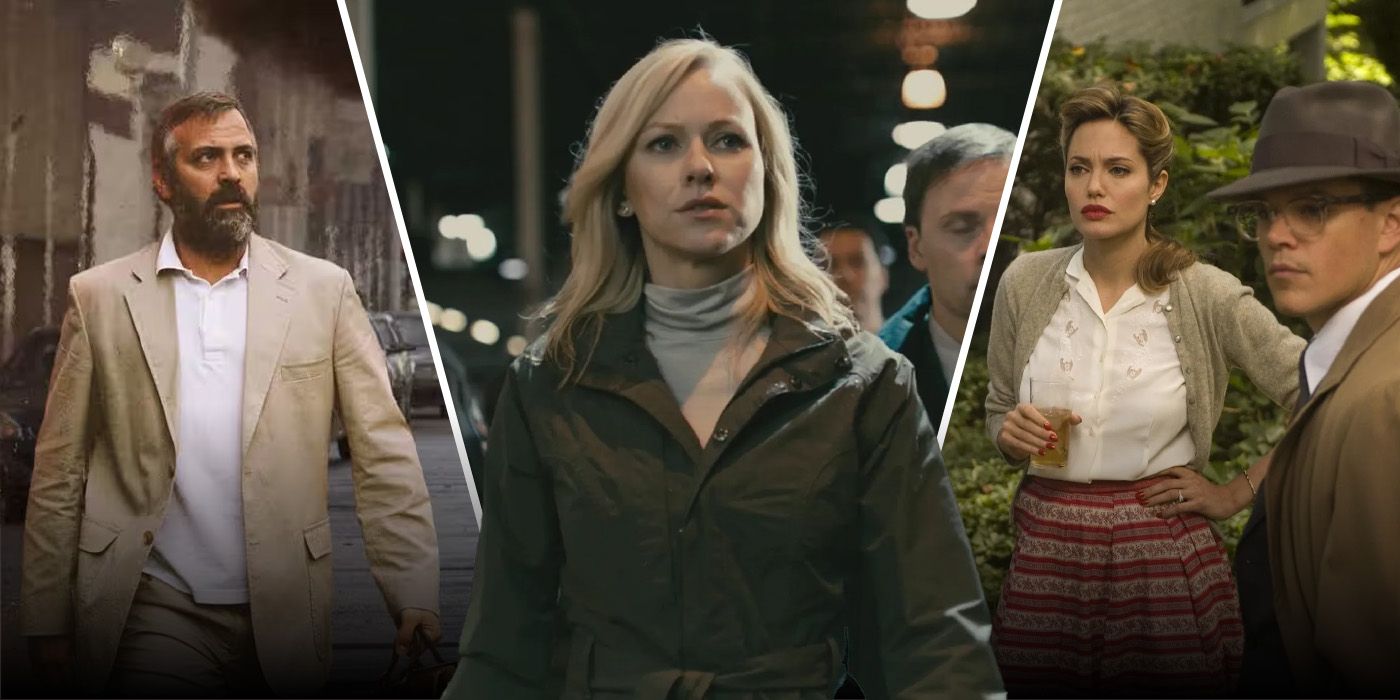
Related
Best Spy Movies That Are Based on True Stories, Ranked
These spy movies both entertain and educate about crucial times in real-world history.
3
‘Notorious’ (1946)
1940s
Moving on is difficult for some people, especially for former senior Third Reich official, Sebastian (Claude Rains), in Notorious. Early in the movie, he tells his mother that he wants to ”reignite the Nazi war machine.” He is now hiding out in Brazil and American intelligence agencies are aware of his plan, so they send the daughter of a convicted Nazi general to seduce him.
Extinguishing the Tiny Flames Before They Become Wildfires
O.S.S and Foreign Correspondent are great ‘40s spy movies for every genre fan but settle for Notorious if you have limited time. A gripping post-WWII story pickled in love and booze, and buoyed by a melancholic jazz score, this film skirts the same terrain as popular Holocaust films without burdening audiences with too many details about the war. There is only one major question. Will she succeed?
Stream it on IndieFlix or FlixFling
2
‘The 39 Steps’ (1935)
1930s
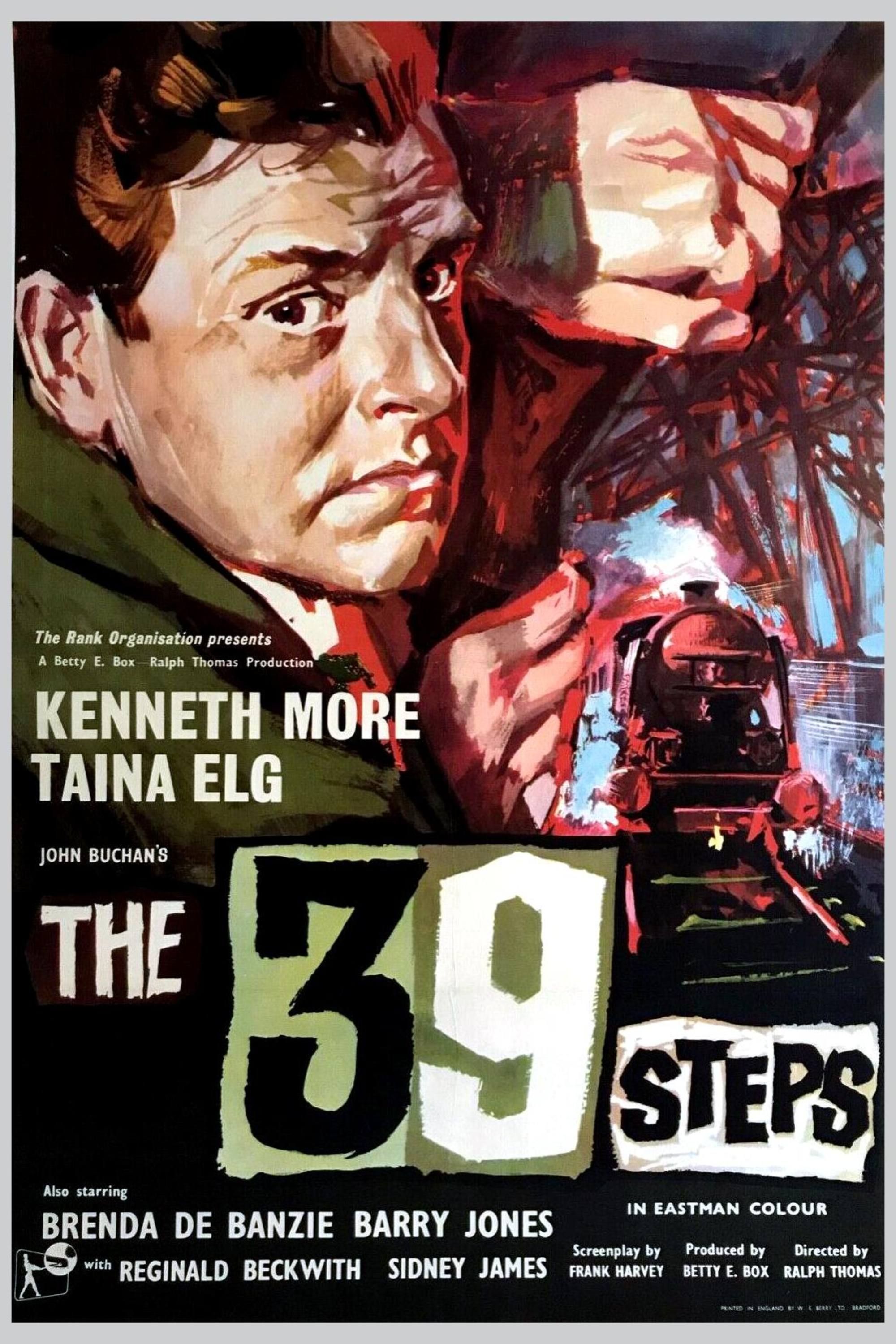
Hitchcock’s breakout film, The 39 Steps, gets right into business. We are thrown into the chaos with Canadian tourist Richard Hannay (Robert Donart), who has just arrived in London for a good time. Before he can learn that football means soccer on this side of the world, a mysterious woman approaches him claiming to be a spy. Soon, she ends up dead, and he gets accused of the murder. Forced to go on the run, he realizes he has been caught up in a conspiracy revolving around “The 39 Steps,” a mysterious organization looking to steal military secrets.
A Captivating Spy Flick Structured in the “Man on the Run” Framework
This infectious movie wins you over with its visuals and sheer exuberance. You’ll love the chase sequence through the Scottish moors, and the breathtaking pace at which the events move. Orson Welles called it a “masterpiece,” while Roger Corman’s favorite screenwriter, Robert Towne, declared that “all contemporary escapist entertainment begins with the movie.” For these reasons, don’t bother with ‘50s espionage stories like The Spy in Black and Confessions of a Nazi Spy.
Stream it on Prime Video
1
‘Spione’ (1928)
1920s
Spione (Spies) is a German silent spy thriller following Agent 326 (Willy Fritsch) as he investigates a case involving missing government documents. He realizes he is up against Europe’s most sophisticated spy ring, led by the banker, Haghi. Agent 326 remains focused on the job, until the Russian émigré, Sonya Baranikowa, shows up and sets his heart aflame.
One of the Greatest Silent Movies Ever Made
Like the movie itself, Spione had plenty of behind-the-scenes romantic drama, with director Fritz Lang being accused of having an affair with one of the actresses. Interestingly, his wife, Thea von Harbou, was on the same production crew, covering screenplay duties. Seemingly, there were spies on set too.
Out of all the chaos, a gritty, compelling tale of the espionage landscape in the early 20th century was born. Boasting great cinematography and a free-flowing plot, the film is still worth a watch, 96 years later.
